How the 'father of the atomic bomb' made Oak Ridge famous
- Oops!Something went wrong.Please try again later.
- Oops!Something went wrong.Please try again later.
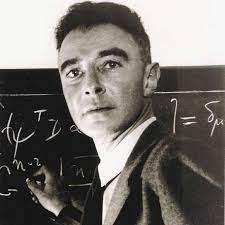
On May 24, Carolyn Krause gave a presentation on “Unsung Scientific Heroes of 20th Century Oak Ridge History” for the Oak Ridge Heritage and Preservation Association. This first in a two-article series on J. Robert Oppenheimer and his impacts on Oak Ridge and relationship with a famous Oak Ridger is based on part of her presentation.
***
J. Robert Oppenheimer is known worldwide for his leadership in the development of the atomic bombs that ended World War II in 1945. But the direct impacts of “the father of the atomic bomb” on Oak Ridge are likely not fully appreciated. In fact, without his influence, the first atomic bomb, Little Boy, that was fueled by enriched uranium and that made Oak Ridge famous, might have instead been a plutonium bomb fueled by reactor products from Hanford, Wash. (as was the case with the second bomb, Fat Man).
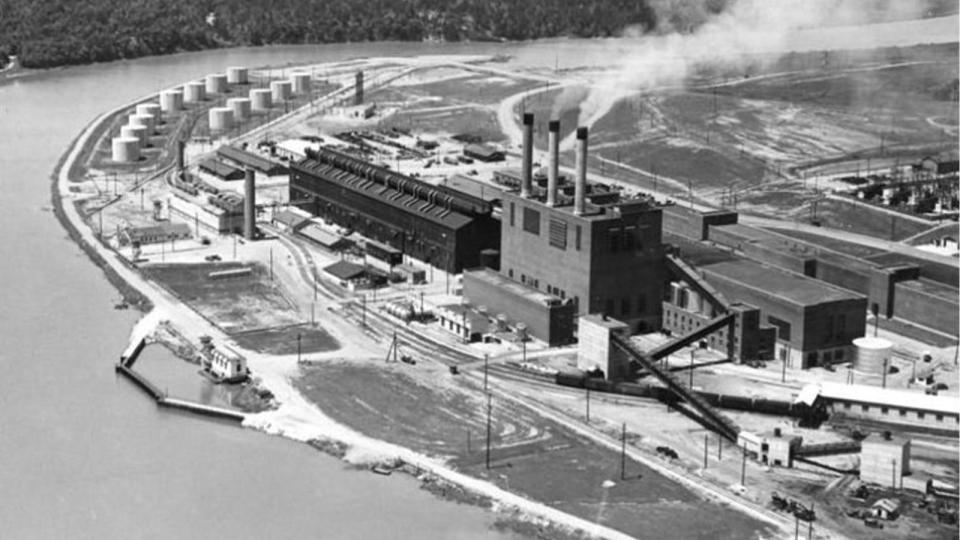
“Oppenheimer’s great wartime leadership as director of the Los Alamos Scientific Laboratory is well known. It is perhaps lesser known that, at least on two occasions, he directly accelerated developments at Oak Ridge also.” This statement appears in the second issue of the Oak Ridge National Laboratory Review research magazine in 1968.
The article title is “Julius Robert Oppenheimer (1904-1967): A Fellow Physicist’s Tribute to a Pioneer of the Nuclear Age.” The author was Eugene Guth, an Austrian-born pioneer in polymer physics, an acquaintance of Oppenheimer and his associates for 30 years and a technical advisor to ORNL Director Alvin Weinberg, who founded the Review in 1967.
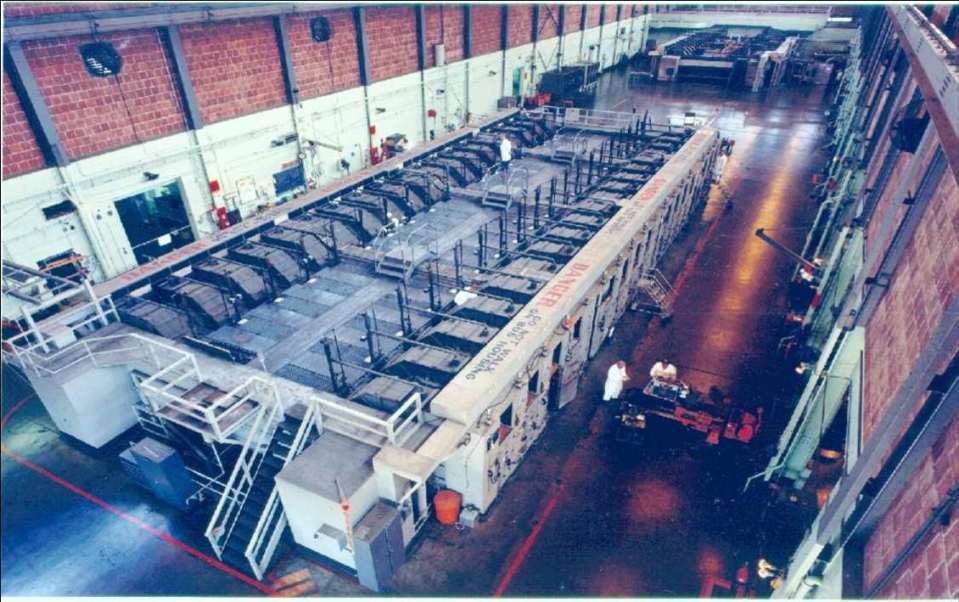
Born to cultured Jewish parents in New York City who considered him a genius (his father was a wealthy textile importer and his mother, a painter), Robert Oppenheimer was provided with books, paintings, and a small chemical laboratory while he suffered from tuberculosis in his youth.
“He was doing lab experiments by the third grade and studying physics and chemistry by the fifth grade,” wrote Malcolm Gladwell in his 2011 book “Outliers: The Story of Success.” ]“When he was nine, he once told one of his cousins, ‘Ask me a question in Latin and I will answer you in Greek.’”
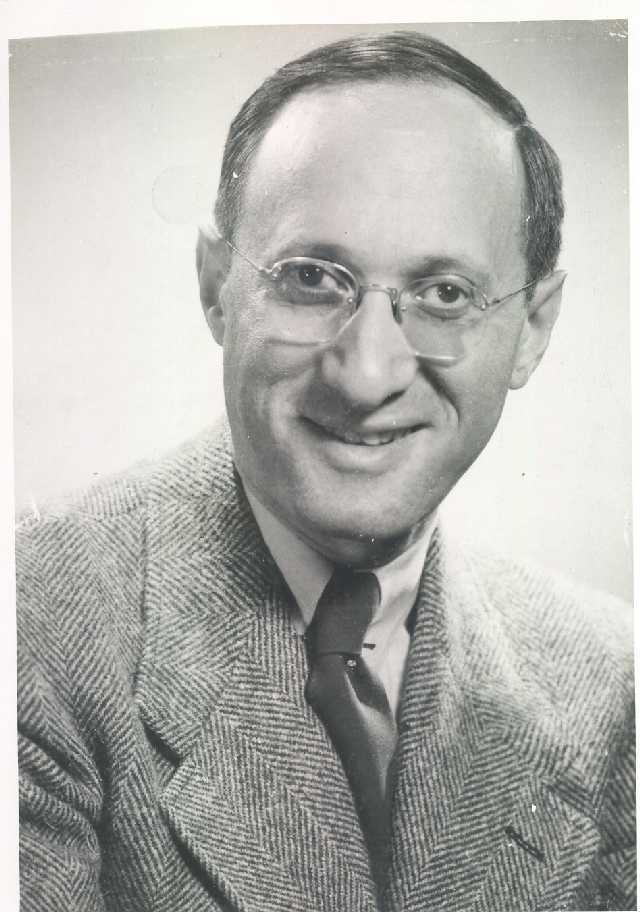
Oppie earned his bachelor’s degree in physics from Harvard College, studied theoretical physics at Cambridge University and earned his Ph.D. in physics in 1927 from the University of Göttingen in Germany. At Cambridge he struggled with depression and jealousy, attempting to strangle one friend and to kill his tutor, future Nobel Laureate Patrick Blackett, by dousing his apple in poisonous chemicals. The reason: Oppie, whose passion was theoretical physics, was clumsy in the lab but Blackett forced him to do experimental physics, which he hated.
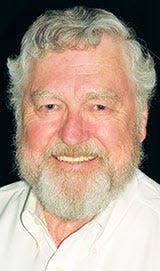
The attempted murder was reported to Cambridge administrators, and Oppie’s parents lobbied them not to expel or have him arrested. According to Kai Bird and Martin Sherwin’s “American Prometheus” biography of Oppenheimer, “After protracted negotiations, it was agreed that Robert would be put on probation and have regular sessions with a prominent Harley Street psychiatrist in London.”
Guth stated that Oppie returned from Europe in 1928 to the United States “as a research fellow at Harvard and at the California Institute of Technology. In 1929 he took his first teaching positions, concurrent appointments as assistant professor at Cal Tech and at the University of California at Berkeley, advancing to full professor in 1936. He married Kathryn (Kitty) Harrison in 1940.” They had two children, Peter, and Katherine.
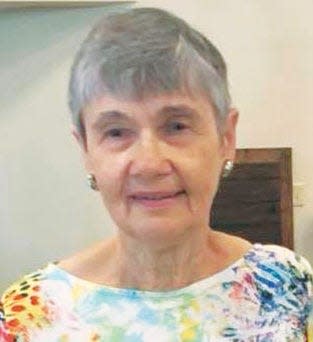
In 1943, he chose a site in New Mexico (near his summer ranch), attracted brilliant researchers there and oversaw construction of the Los Alamos laboratory of which he became director. Gen. Leslie Groves, military leader of the Manhattan Project, selected Oppie as scientific director of the project, which had the momentous tasks of producing nuclear fuel and designing an atomic weapon to use it. Groves’ controversial appointment was considered wise later even though, as Gladwell pointed out, Oppie had Communist friends, no administrative experience or knowledge about equipment and, as a theoretical physicist, no training for managing experimenters and engineers.
So, how did Oppenheimer help Oak Ridge during the Manhattan Project days?
“Oppenheimer’s first contact with the uranium project arose when, in 1941, E. O. Lawrence asked him to help on the electromagnetic separation process for the production of uranium-235,” Guth wrote, noting that in 1942 Oppie’s group was asked to estimate the amount of U-235 (critical mass) needed to fuel an atomic bomb. Oppenheimer’s suggestions to Lawrence, his UC Berkeley colleague who developed the calutrons for producing enriched uranium at the Oak Ridge Y-2 plant, “led to a considerable increase in the efficiency of the process.”
“In the beginning of 1943,” Guth continued, “construction of Alpha and Beta tracks was initiated at Y-12.
Somewhat later, the Oak Ridge Gaseous Diffusion Plant, K-25, got started. It was thought that Y-12 and K-25 together could produce enough U-235 for a bomb.
“This led to plans to enlarge Y-12 (because) some barrier troubles developed at K-25. In March 1944, the Military Policy Committee called an important meeting in Chicago; General Groves, Oppenheimer and Lawrence all expected the expansion of Y-12 to be the chief issue.
“However, for some reason the Y-12 expansion was not discussed. Lawrence heard rumors that U-235 would be abandoned in favor of plutonium-239 from Hanford (for the bomb). Receiving a wire from Lawrence about this matter, Oppenheimer reassured him that he still favored the Y-12 expansion. Lawrence went immediately to Oak Ridge to accelerate developments.
“Still, it looked as though even the combined capabilities of Y-12 and K-25 would not suffice to produce enough U-235. Here again Oppenheimer came up with a suggestion to push the liquid thermal diffusion method. His suggestion led to the construction of the S-50 plant in Oak Ridge. The combination of the S-50, K-25, and Y-12 plants finally produced U-235 in sufficient quantity” to meet the Manhattan Project’s needs for the first atomic bomb dropped on Japan. The uranium was increasingly enriched first at S-50, then at K-25 and finally to a bomb-grade level at Y-12 before being shipped to Los Alamos.
The thermal diffusion isotope separation method used in the S-50 plant, which Groves originally favored until he learned its cost, was based on an invention by the Navy’s Philip Abelson (who later co-discovered neptunium and became editor-in-chief of Science magazine). Think of a vertical column with a long, externally cooled tube, inside of which is a hot, steam-heated concentric cylinder. Only one of the two uranium isotopes tends to concentrate near the hotter surface and then move upward, resulting in separation.
The S-50 plant received steam for heating from the world’s largest steam powerhouse next door. It was built in the K-25 area to meet the gaseous diffusion plant’s requirements for variable frequency current and to minimize the possibility of interruption of power.
Some officials were concerned that a disastrous storm or disgruntled employee could bring down an overhead transmission line from TVA’s Norris Dam. With its three boilers, the powerhouse burned coal to make steam, which turned a turbine to produce 238,000 kilowatts of electricity that flowed underground to the K-25 plant.
In early 1945 the K-25 area probably had the world’s largest building (the mile-long building in the shape of the U) and the world’s largest steam powerhouse. Yet Oak Ridge was still not on the map — until Oppenheimer put it there.
***
Thank you, Carolyn for introducing J. Robert Oppenheimer to Oak Ridgers in a way that I don’t think has been done before. You will find her second column in this series to be equally informative. It'll be published next Friday.
This article originally appeared on Oakridger: How the 'father of the atomic bomb' made Oak Ridge famous

